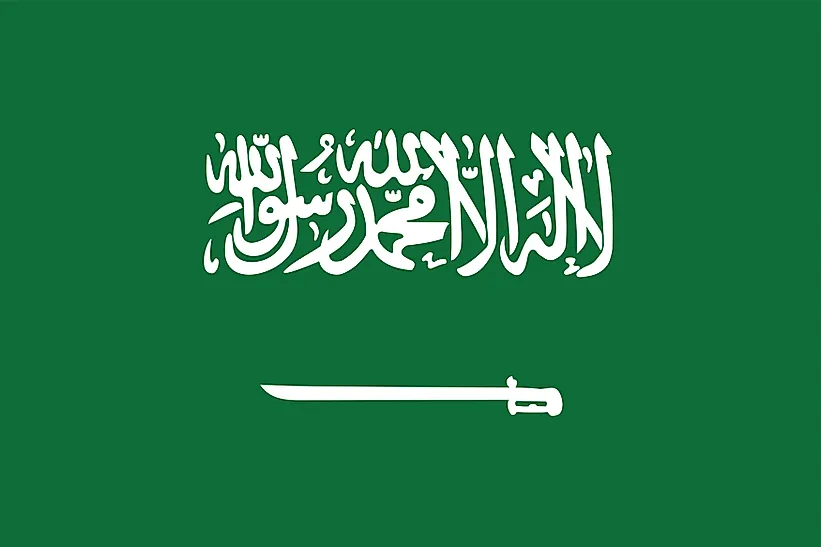
Saudi Arabia
| Continent | Asia |
| Capital | Riyadh |
| Population | 28,160,273 |
| GDP | $1.73 Trillion |
| GDP per Capita | $54,100 |
| Dialing Code | +966 |
| ISO Code (2-letter) | SA |
| ISO Code (3-letter) | SAU |
About Saudi Arabia
Welcome to Saudi Arabia, the birthplace of Islam and a nation of profound historical significance. With approximately 35 million people across 2.15 million square kilometers, Saudi Arabia combines ancient heritage with rapid modernization, standing at the crossroads of tradition and progress.
Geographic Features and Natural Beauty
Saudi Arabia’s geography encompasses vast deserts, mountain ranges, and coastal areas along the Red Sea and Persian Gulf. The country features the world’s largest continuous sand desert, the Rub’ al Khali (Empty Quarter), alongside the Asir Mountains and coral reefs.
The landscape includes dramatic wadis (valleys), volcanic fields, and oases. The country’s diverse terrain creates unique ecosystems supporting desert-adapted wildlife and plants.
Protected areas include the Al-Ahsa Oasis, marine sanctuaries, and desert reserves. The country’s commitment to environmental protection focuses on preserving its natural heritage while developing sustainable infrastructure.
Cultural Heritage and Traditions
Saudi Arabian culture centers around Islamic traditions and Bedouin heritage. The country’s cultural significance is highlighted by its role as custodian of Islam’s two holiest mosques in Mecca and Medina.
Traditional arts include calligraphy, poetry, and handicrafts, while cultural practices feature traditional dance, falconry, and camel racing. The tradition of Arabic hospitality remains central to social life.
Saudi cuisine reflects Bedouin influences and regional variations, featuring dishes like kabsa and dates. The tradition of coffee ceremony and communal dining remains vital to cultural identity.
Historical Journey
Saudi Arabia’s history spans from ancient Arabian civilizations through the rise of Islam to the modern kingdom’s establishment in 1932. The country’s significance in Islamic history shapes its global role.
Significant periods include the pre-Islamic era, the birth of Islam, Ottoman influence, and the unification under King Abdulaziz. The discovery of oil in 1938 transformed the nation’s trajectory.
Modern Economic Landscape
Today’s Saudi economy, while historically oil-dependent, is undergoing significant diversification through Vision 2030. The country focuses on developing tourism, technology, and renewable energy sectors.
Recent initiatives emphasize sustainable development, including the NEOM project and renewable energy adoption. Saudi Arabia’s strategic location and resources support its economic transformation efforts.
International Relations and Global Position
Saudi Arabia maintains significant influence in global affairs through its oil resources, religious significance, and regional leadership. The country’s modernization efforts extend its international engagement.
Did You Know?
• The country contains no permanent rivers?
• Mecca receives millions of pilgrims annually for Hajj?
• Saudi Arabia is developing NEOM, a $500 billion future city project?
• The country holds about 17% of the world’s proven petroleum reserves?
Conclusion
Saudi Arabia represents a unique combination of religious significance and modern ambition. From its vast deserts to its emerging megacities, from its ancient traditions to its technological innovations, Saudi Arabia continues to evolve while preserving its cultural identity. As it addresses challenges including economic diversification and environmental sustainability, Saudi Arabia remains committed to balancing tradition with progress through its Vision 2030 initiative.





